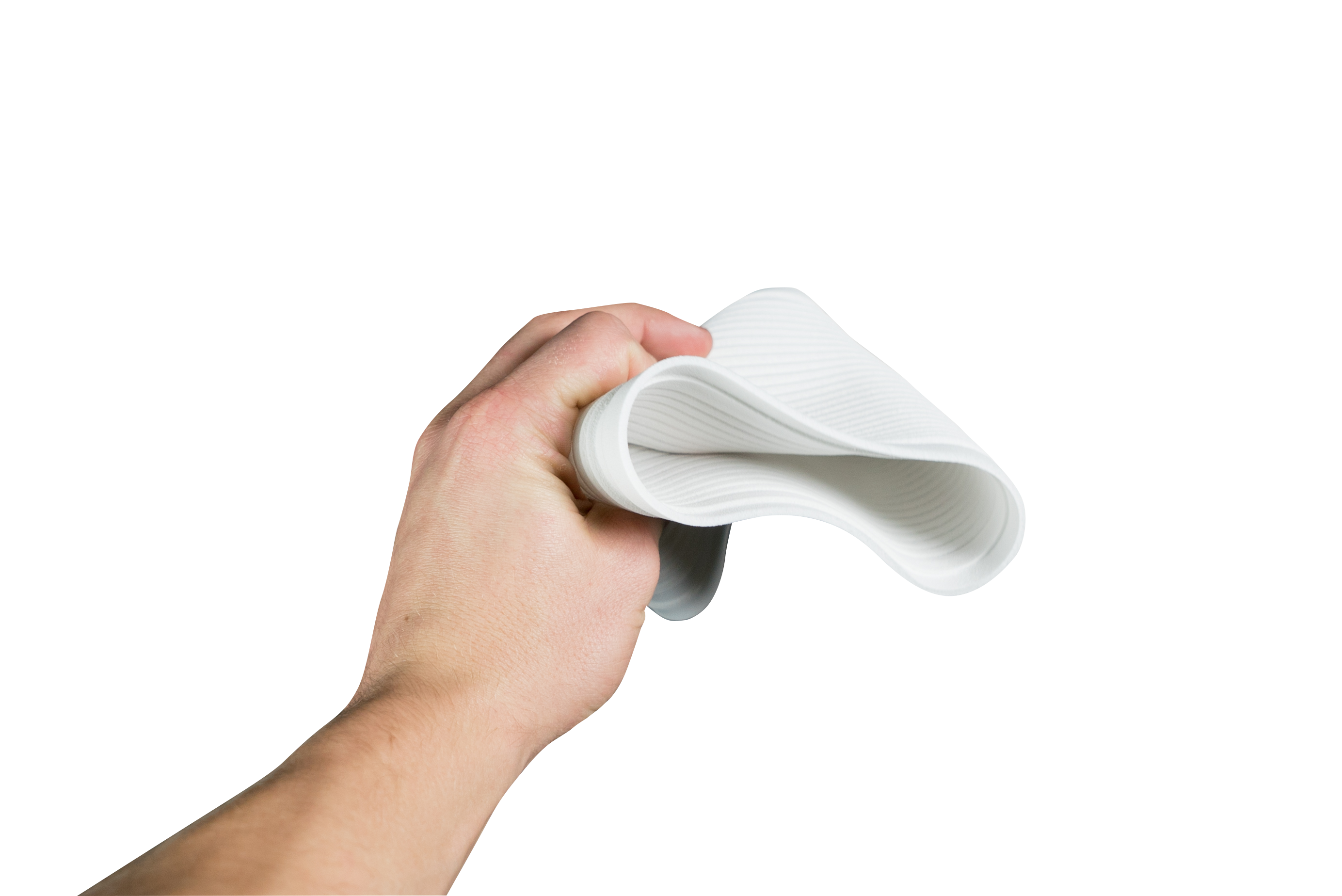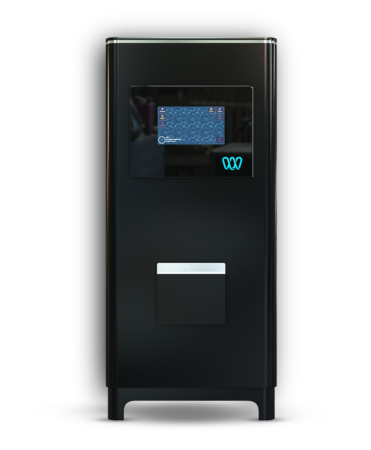SLS - Selective Laser Sintering
SLS Applications
Prototypes, Tools and Production Parts
-
Functional Proof of Concept Models
-
Design Evaluation Models (Form & Fit)
-
Engineering Design Verification
-
Product Performance and Testing
-
Wind-Tunnel Test Models
General
-
Aerospace hardware
-
Medical and healthcare
-
Electronics; packaging, connectors
-
Homeland security
-
Military hardware
Rapid Manufacturing
-
Jigs, fixtures and tools
-
Investment Casting Patterns
Tooling and Patterns
-
Short run end-use components
-
Complex plastic parts
-
Part consolidation exercises
Production
SLS really shines when you need durable plastic parts. SLS parts are known for their robustness, and rival parts produced using traditional manufacturing methods like injection molding. SLS is used in a variety of end-use applications in industries including automotive and aerospace.
SLS is the technology of choice for a range of functional applications, including those with snap fits, living hinges and other mechanical joints. The material range and platform sizes available for SLS also make it a great option for the direct production of products requiring strength and heat resistance.
One of the major benefits of SLS is that it is a self-supporting additive manufacturing technology. Because the product lies in a bed of powder as it builds, no supplementary support structures are required, making SLS capable of producing geometries that no other technology can. The self-supporting nature of SLS also means there is no support removal, enabling complex interior components and monolithic assemblies.
Selective Laser Sintering (SLS) is a powder-based 3D printing technology that uses a laser to fuse material layers into a final part. The laser traces the pattern of each cross section of a 3D design onto a bed of powder. After one layer is built, the build platform lowers and another layer is built on top of the previous layer. This process continues until every layer is built and the part is complete.
Considering its robustness and capability to produce highly complex parts, SLS can introduce major time and cost savings for small-run parts that would otherwise require assembly with traditional manufacturing. SLS is a perfect marriage of functionality, strength, and complexity. Because there is no expensive and inefficient tooling or retooling to worry about, SLS is particularly effective for mass customization for certain low-volume end-use parts. And due to the tendency of SLS parts to stand up against wear and environmental conditions, this technology makes it possible to produce fewer parts. As with other additive manufacturing technologies, SLS allows parts and molds to be stored digitally, using data that will never corrode, get lost in transportation, or require expensive storage. The designs are always available and ready to be produced as needed, even if the original part is unavailable.

SLS uses production-grade nylon materials, resulting in durable, functional parts that last, rivaling parts produced using traditional manufacturing methods. The robustness of SLS makes this technology great for:

SLS Material Properties & Uses
The materials available for SLS enable uses ranging from impact-resistant plastics to styrene-based options that are great for plaster and metal castings. SLS is frequently chosen for low- to mid-volume end-use parts like enclosures, snap-fit parts, automotive moldings, and thin-walled ducting. Some of our SLS engineering plastics are made with flame-retardant materials, enabling them to answer aircraft and consumer product requirements. Glass-filled materials are also available, offering greater stiffness and heat resistance, as well as fiber-reinforced plastic for ultimate stiffness. SLS also includes material options on the other end of the spectrum, for rubber-like flexible parts, enabling applications like hoses, gaskets, grip padding, and more.

Strong polyamide 12 thermoplastics that can replace traditionally injection moulded articles; includes food-grade, medical-grade, and flame-retardant capable options.

Engineered for greater end-use part performance, these materials are developed with glass, aluminium, or mineral fibre fillers to offer a range of advanced properties in terms of stiffness, temperature resistance, strength, and surface finish.

Impact-resistant polyamide 11 thermoplastics that offer moulded-part performance in harsh environments; ideal for snap-fits and living hinges with the flexibility to bounce back to the original shape.

Rubber-like flexibility for prototypes and production parts with excellent memory, tear, and abrasion resistance.

Great for sacrificial patterns for prototype metal castings and low to medium production runs without tooling.
Our SLS materials include a wide range of advanced nylon and composite materials consisting of superfine particles <100 nm in diameter.
SLS Printers
We offer an integrated solution for SLS including hardware, software, and fine-tuned nylon and composite materials that to deliver robust, high-resolution parts at high throughput. The surface finish, resolution, repeatability, and accuracy of SLS enable increased manufacturing agility with a low total cost of operations.
The SLS 300 has a small footprint while offering big opportunities. The printer takes only 0.45 sq. meters or 4.8 sq. ft. floor space with no infrastructure needed. It uses standard power, is low in office noise levels and requires no chiller or fume extractor
Compact Size with a Maximum Build Capacity
Advanced SLS technology in a user-friendly format
Production-grade nylon materials, advanced software workflow and new selective laser sintering technology come together for a highly productive solution for direct 3D production.
Process controlled additive manufacturing solution for selective laser sintering
Industrial-scale
The SLS 380 delivers best-in-class part quality, fast build times, automated production tools, and a lower total cost of operation over similar printers.
SLS 380

Why Use Selective Laser Sintering?
SLS technology produces tough and durable parts that excel in high-performance prototyping and end-use applications. 3D Systems' DuraForm® SLS materials have been optimized, validated, and tested to ensure quality, with uniform 3D mechanical properties.
Robust, Performance Parts
Large SLS build capacities paired with fast build times, high-density nesting, and no support structures help you maximize every print for more parts, sooner.
High Speed and Throughput
Side-by-side comparison testing shows 3D Systems SLS printers provide best-in-class part quality. Get superior accuracy, part resolution, edge definition, and surface finish with 3D Systems' SLS solutions.
Best-In-Class Part Quality
Manufacture with true nylon materials that answer your application requirements. Whether you need toughness, heat resistance, flame retardancy, flexibility, or food-grade and medical-grade options, the 3D Systems SLS materials portfolio has you covered.
Broad SLS Materials Selection
As a self-supporting build methodology, SLS enables the production of complex geometries, such as monolithic designs, lightweight components, and mass-customized products, that could not be manufactured any other way.
Functional Design
The features and capabilities of 3D Systems' SLS deliver up to 20% lower operational costs compared to similar printers. These include automated production tools, high throughput, material efficiency, and repeatability, just to name a few.
Low Part & Ownership Costs

